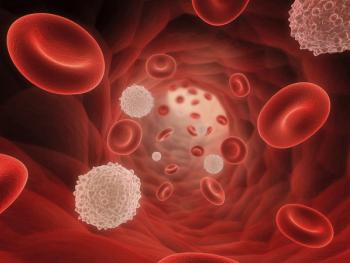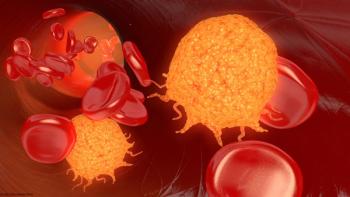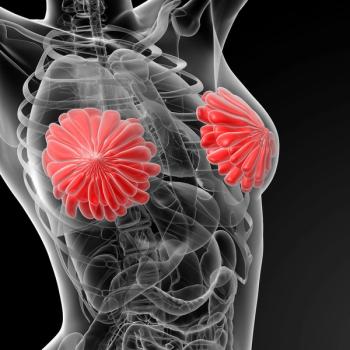
|Videos|October 31, 2017
ASTRO 2017: Perineural Invasion in Head and Neck Cancer
Author(s)Richard Bakst, MD
This video highlights an education session on the challenge of perineural invasion in head and neck cancer from the 2017 ASTRO Annual Meeting.
Advertisement
In this video, Richard Bakst, MD, of the Icahn School of Medicine at Mount Sinai in New York, reviews highlights of an education session on the challenge of perineural invasion in head and neck cancer from the 2017 American Society for Radiation Oncology (ASTRO) Annual Meeting, held last month in San Diego.
Newsletter
Stay up to date on recent advances in the multidisciplinary approach to cancer.
Advertisement
Advertisement
Advertisement
Trending on CancerNetwork
1
ASH 2025: Which Presentations Will Move the Multiple Myeloma Needle?
2
ASH 2025: Key Anticipated Updates in the Leukemia Landscape
3
FDA Approves Liso-Cel in Marginal Zone Lymphoma After 2 Lines of Therapy
4
How to Manage Oligometastatic Kidney Cancer? Insights From IKCS 2025
5


















































































